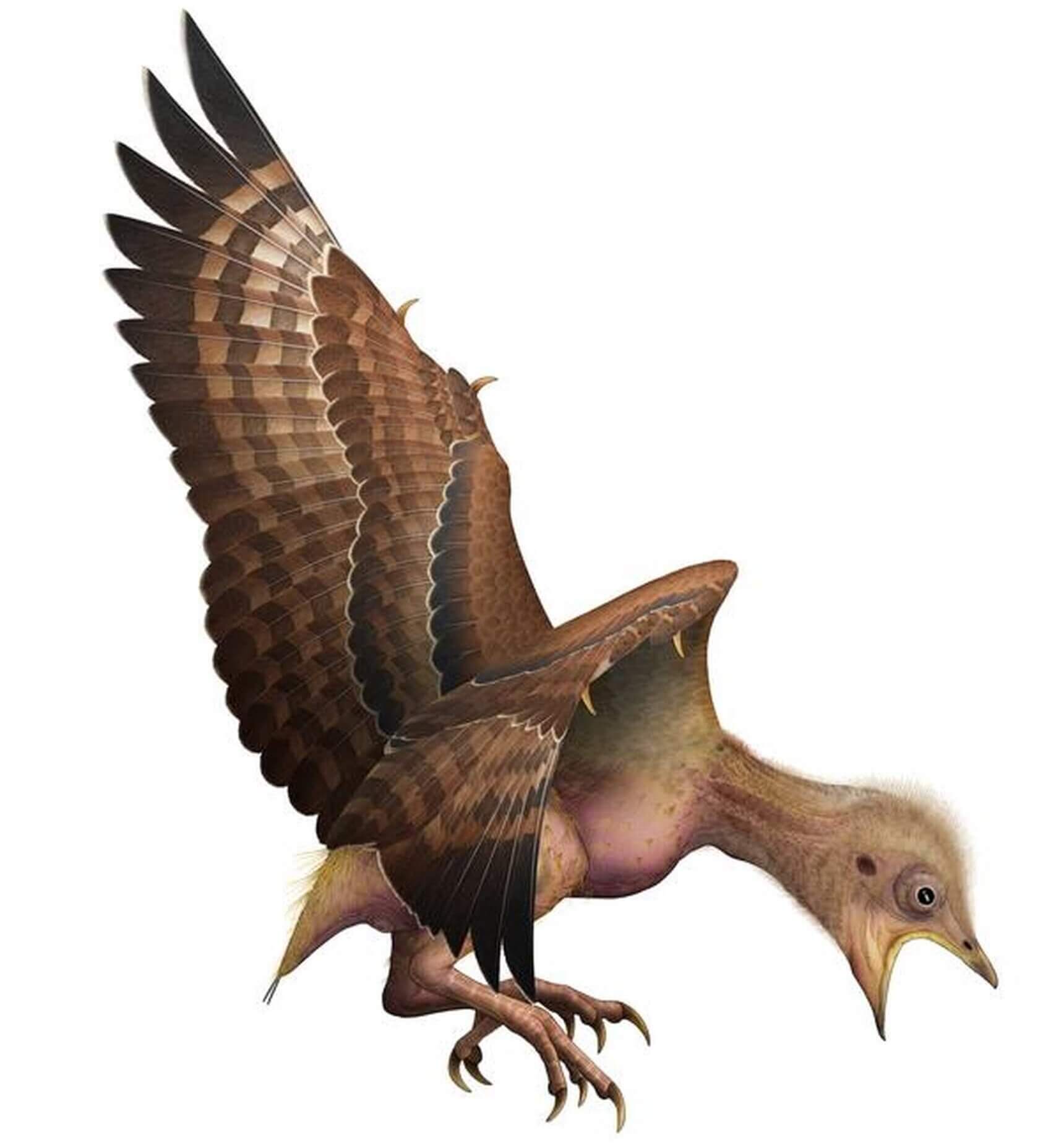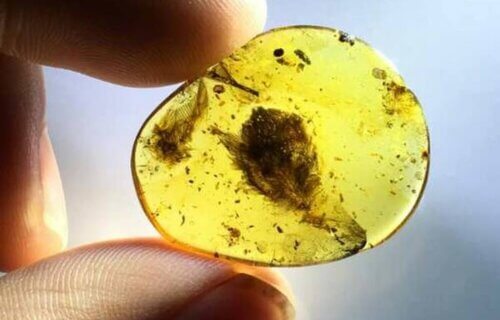CHICAGO — The mystery surrounding why certain ancient birds survived the mass extinction event that wiped out the dinosaurs 66 million years ago is closer to being solved. Two recent studies shed light on the significance of molting, the process by which birds shed and regrow their feathers, in determining the fate of prehistoric avian species. Feathers are a defining characteristic of birds, serving multiple functions such as flight, camouflage, and protection. Understanding the evolution of the molting process and its variations across bird groups is crucial for comprehending bird evolution and survival.
“Feathers are involved in so many different functions,” says Jingmai O’Connor, associate curator of fossil reptiles at Chicago’s Field Museum, in a media release. “We want to know how this process evolved, how it differed across bird groups, and how it shaped bird evolution and survivability.”
One of the studies reports the discovery of preserved feathers in amber from a 99-million-year-old baby bird. The feathers offer evidence of juvenile molting and reveal a unique combination of characteristics not found in modern birds. The bird likely belonged to an extinct group called the Enantiornithines, which were highly precocial, meaning they were born with feathers and relatively self-sufficient. This discovery suggests that these ancient birds experienced a simultaneous molt, shedding all their feathers at once.

“When the asteroid hit, global temperatures would have plummeted and resources would have become scarce, so not only would these birds have even higher energy demands to stay warm, but they didn’t have the resources to meet them,” adds O’Connor, who went on to say the rapid molt of Enantiornithines could have posed challenges during periods of environmental stress.
In a separate study, O’Connor and Field Museum post-doctoral researcher Yosef Kiat investigated molting patterns in modern birds to better understand the evolution of the process. The researchers explored the presence of active molting in a sample of modern bird specimens stored at the Field Museum. The findings revealed that birds with sequential molting, gradually replacing a few feathers at a time, were more prevalent than those with simultaneous molting, where all flight feathers fall out and regrow within a few weeks. Simultaneous molting is primarily observed in aquatic birds that do not rely heavily on flight.
The scarcity of evidence for molting in fossil birds aligns with the study’s hypothesis that simultaneous molters are less represented in the fossil record. O’Connor suggests that the absence of molting fossil birds indicates that prehistoric birds may have molted less frequently or underwent a simultaneous molt not on an annual basis like most modern birds.
The studies emphasize the importance of molting in understanding the survival of prehistoric birds. Differences in molting processes between ancient and modern birds offer valuable insights into the factors contributing to the survival of certain avian species after the mass extinction event. While molt alone may not be the sole determinant, it appears to have played a significant role in shaping the evolutionary success of avian dinosaurs, leading to the emergence of the diverse bird species we see today.
The findings are published in the journal Communications Biology.
You might also be interested in:
- How did dinosaurs get so big? Scientists now have the answer
- Prehistoric ‘wonderchicken’ fossil unveils the origins of modern birds
- Birds evolving to have smaller bodies, bigger wings


It’s remarkable how much speculation can be generated from one small piece of amber.